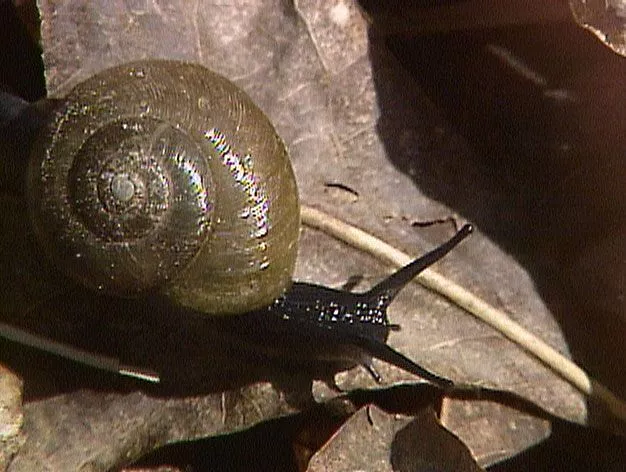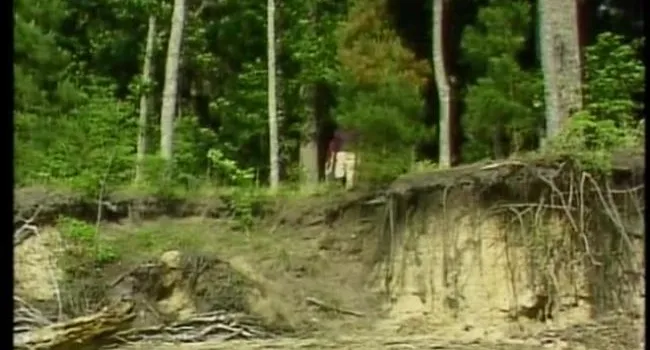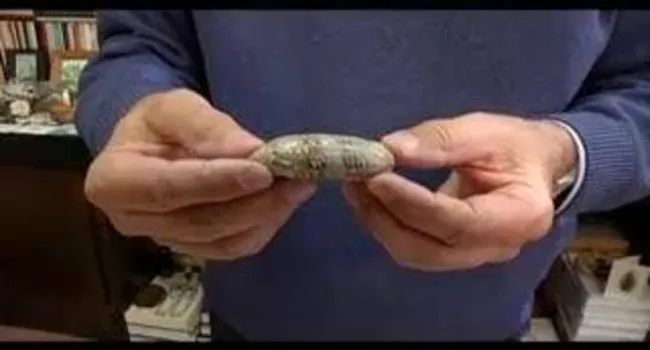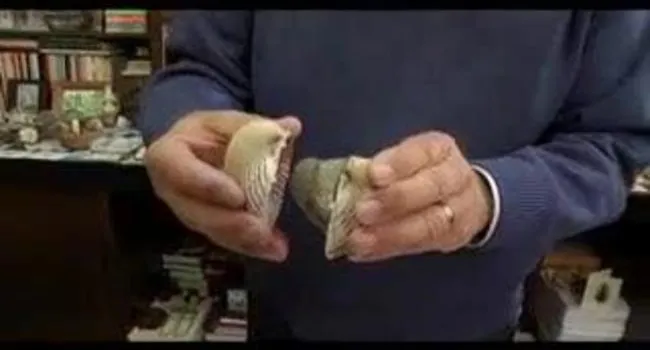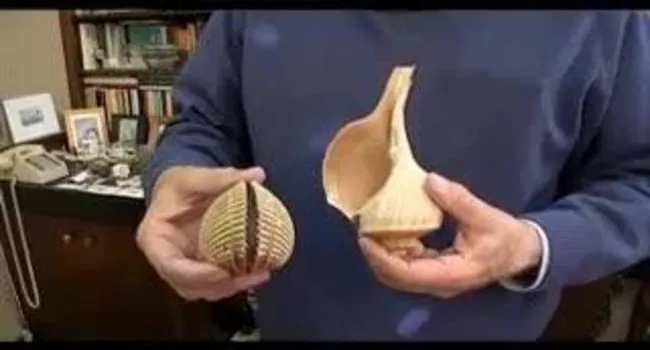
Sandy Point (S.C.) Stop 2
Episode
4
Video
The Horseshoe crab which Rudy and Jim find is not dead, but is actually a shed exoskeleton! They also find whelk egg cases, and one of them still has young snails inside. Oyster shells are found...